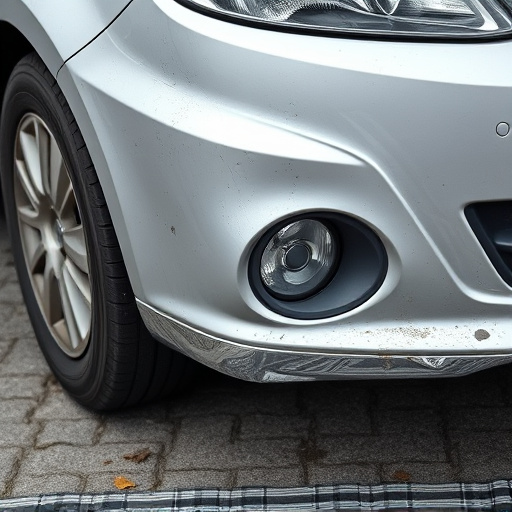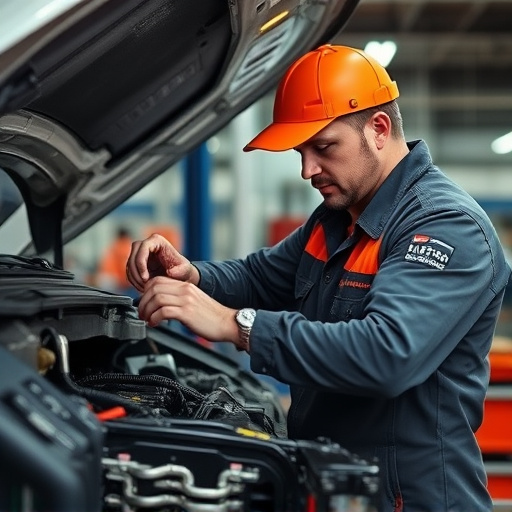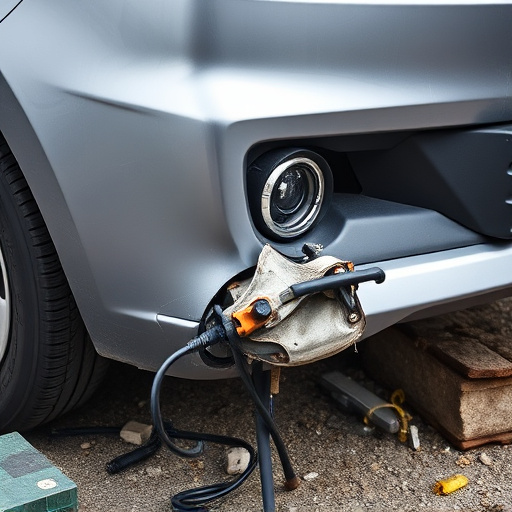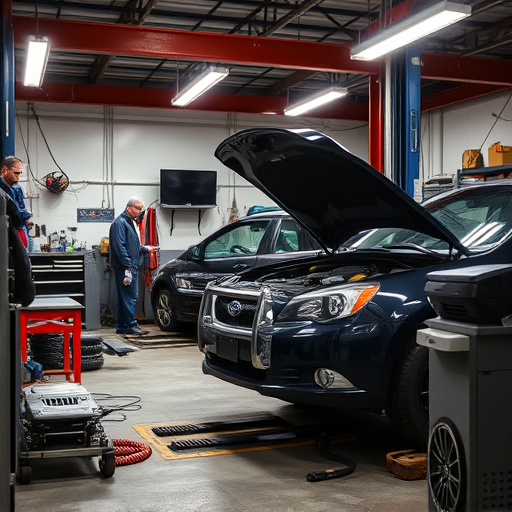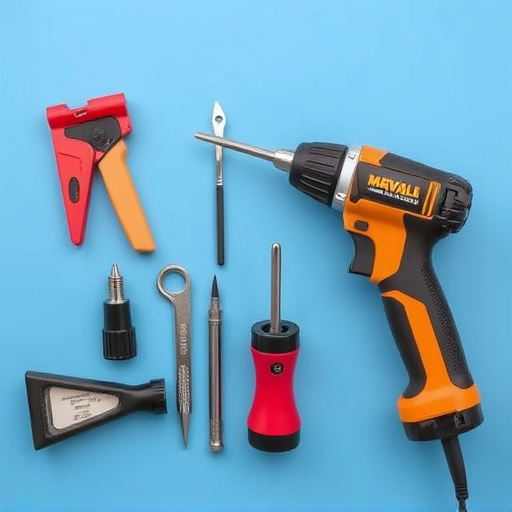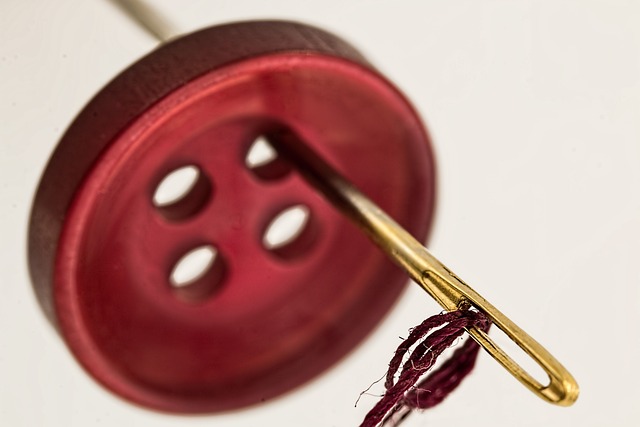Mercedes carbon fiber parts repair involves identifying damage (cracks, chips, dings) and assessing severity. Use specialized tools like sanders, cutting tools, adhesives, polishes, and clay bars for precise repairs, preserving structural integrity and aesthetics. Follow steps: inspect, clean, apply adhesive/filler, sand, finish with clear coat to match original color and protect repair.
“Uncover the fundamentals of Mercedes carbon fiber parts repair with this comprehensive guide. From identifying common damage, such as cracks, delaminations, and fiber separation, to understanding the essential tools and materials needed, we demystify the process. Learn a step-by-step approach for efficient repairs, ensuring your Mercedes retains its sleek, high-performance aesthetic. Discover expert tips and techniques tailored specifically for carbon fiber, making the repair process seamless and effective.”
- Identifying Common Mercedes Carbon Fiber Damage
- Tools and Materials for Repair Process
- Step-by-Step Guide to Efficient Repairs
Identifying Common Mercedes Carbon Fiber Damage
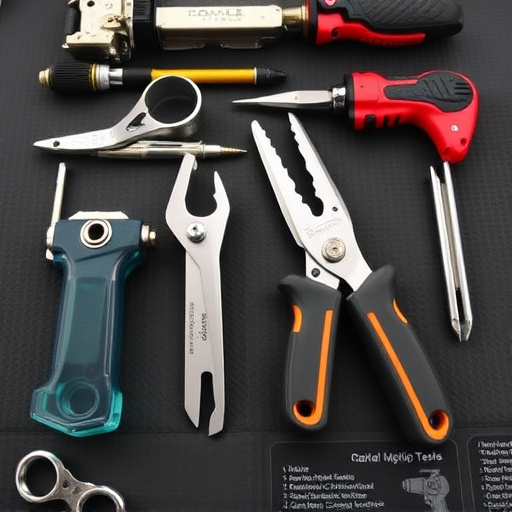
Mercedes carbon fiber parts repair begins with identifying common types of damage. Cracks and chips are frequent issues, often caused by minor impacts or curbs during normal driving. These can range from fine hairline cracks to larger, more visible breaks in the fiber’s surface. Dings and dents also affect the sleek appearance of Mercedes’ carbon fiber components, usually resulting from parking lot mishaps or road debris.
Another prevalent problem is delaminating, where the protective clear coat peels back from the carbon fiber substrate, exposing the raw material underneath. This can occur due to severe weather conditions or improper installation during initial manufacturing. Proper identification of these damages is crucial as it dictates the appropriate Mercedes carbon fiber parts repair methods, whether it’s a simple touch-up or more complex structural restoration at a reputable collision center or automotive body work shop.
Tools and Materials for Repair Process
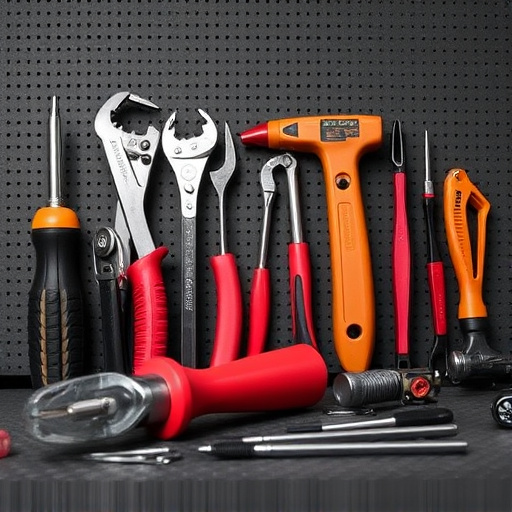
When tackling Mercedes carbon fiber parts repair, having the right tools and materials is paramount. The process often involves specialized equipment designed to handle carbon fiber’s unique properties, ensuring precise and seamless repairs that maintain the vehicle’s original aesthetics. This includes sanders with variable speeds, precision cutting tools, and a range of adhesives specifically formulated for carbon fiber composites.
Additionally, professionals in this field rely on various finishing products such as polishes and sealants to restore the part’s gloss and protect it from environmental damage. For paintless dent repair techniques, tools like rubber mallets, clay bars, and vacuum kits are crucial. These enable technicians to remove dents and scratches without the need for traditional painting or auto body services, making the process faster and more cost-effective for customers seeking top-notch auto repair near me.
Step-by-Step Guide to Efficient Repairs
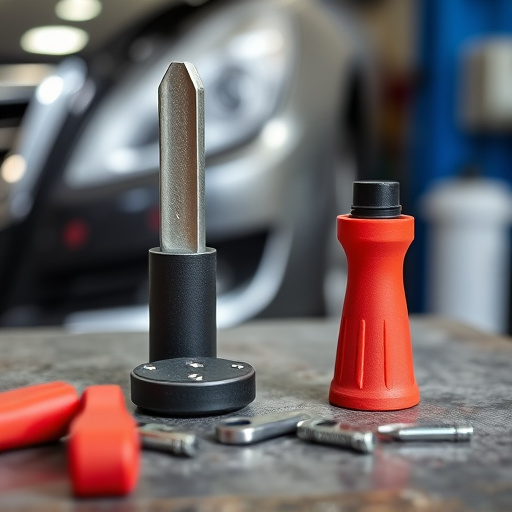
When it comes to repairing Mercedes carbon fiber parts, a step-by-step approach ensures precision and quality. Begin by inspecting the damaged area thoroughly; identify any cracks, chips, or dents. For smaller dents, paintless dent repair techniques can be highly effective in restoring the original shape without the need for extensive sanding or painting. This method is not only time-saving but also preserves the vehicle’s authentic aesthetics.
Next, gather the necessary tools and materials: a high-quality carbon fiber repair kit, which often includes an adhesive, filler, and clear coat. Prepare the surface by cleaning it thoroughly to ensure a strong bond. Apply the adhesive as per the manufacturer’s instructions, then carefully fill in the dent or crack with the filler compound. Once set, sand gently to achieve a smooth finish. Finally, apply a thin layer of clear coat to match the original color and protect the repair, completing your Mercedes carbon fiber parts repair process effectively.
Mercedes carbon fiber parts repair is a specialized process that, when executed correctly, can restore damaged components to their original condition. By understanding common damage types and employing the right tools and materials, repairs can be efficient and effective. Following a structured guide ensures precision and longevity of the fix, preserving the integrity and aesthetics of Mercedes vehicles. Armed with knowledge and the right approach, even minor carbon fiber damages can be addressed, ensuring these high-performance cars maintain their distinctive style and performance on the road.


